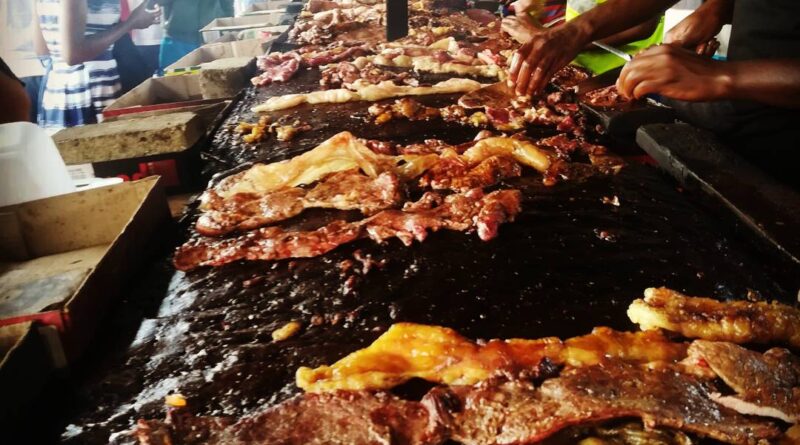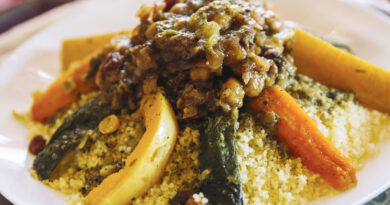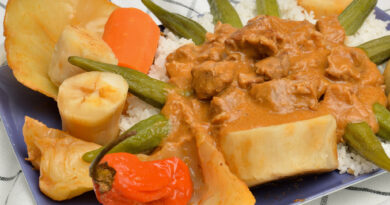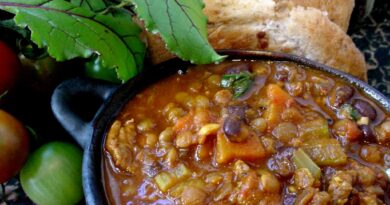Kapana
Kapana: Unraveling the Charms of Namibia’s Culinary Gem
Introduction: In the heart of Southern Africa lies Namibia, a land of breathtaking landscapes, diverse cultures, and vibrant culinary traditions. Among the many delights of Namibian cuisine, Kapana stands out as a beloved street food that embodies the country’s spirit of community, flavor, and ingenuity. Join me on a culinary journey as we explore the origins, ingredients, preparation, and cultural significance of Kapana, a dish that captures the essence of Namibia’s culinary heritage.
Origins and History: Kapana traces its roots to Namibia’s vibrant street food culture, where it has been enjoyed for generations by locals and visitors alike. The word “Kapana” itself is derived from the Oshiwambo language, spoken by the Ovambo people of northern Namibia, and roughly translates to “meat cooked over an open fire.” While its exact origin story is unclear, Kapana is believed to have emerged in the bustling markets and townships of Namibia, where street vendors would grill meat on open flames and serve it hot and fresh to hungry patrons.
Ingredients: At its core, Kapana is a simple yet flavorful dish consisting of grilled meat served with a variety of accompaniments. The key ingredients typically include:
- Beef or venison: Kapana is traditionally made with lean cuts of beef or game meat, which are sliced thinly and grilled to perfection.
- Spices: A blend of spices is essential to the flavor profile of Kapana, with common additions including salt, black pepper, chili powder, paprika, and coriander.
- Cooking oil: Cooking oil is used to coat the meat before grilling, helping to prevent it from sticking to the grill and adding moisture and flavor.
- Bread: Kapana is often served with slices of fresh bread, which soak up the flavorful juices from the grilled meat and provide a satisfying base for the dish.
- Sauce: Various sauces and condiments are served alongside Kapana to enhance its flavor and add an extra kick of heat or tanginess. Popular choices include tomato sauce, chili sauce, mustard, and vinegar.
Preparation: The preparation of Kapana is a straightforward yet skillful process that requires attention to detail and a good understanding of grilling techniques. Here’s a simplified version of how Kapana is typically prepared:
- Start by slicing the meat into thin strips, ensuring that they are uniform in size for even cooking.
- Season the meat generously with a blend of spices, coating each strip evenly to impart flavor.
- Heat a grill or barbecue to medium-high heat, then brush the grates with oil to prevent the meat from sticking.
- Place the seasoned meat strips on the grill, cooking them for a few minutes on each side until they are charred and cooked to your desired level of doneness.
- Once the meat is grilled to perfection, remove it from the heat and allow it to rest for a few minutes before serving.
- To serve, arrange the grilled meat on a platter alongside slices of fresh bread and an assortment of sauces and condiments.
Cultural Significance: Kapana holds a special place in Namibian culture, serving as a symbol of community, creativity, and resilience. It is not just a dish but a social experience, bringing people together in markets, street corners, and festivals to share in the joy of good food and camaraderie. For many Namibians, Kapana is more than just a meal – it’s a cherished tradition that celebrates the country’s rich cultural diversity and entrepreneurial spirit.
Moreover, Kapana reflects Namibia’s natural bounty and resourcefulness, with its use of locally sourced ingredients and simple yet delicious flavors. The dish highlights the skill and ingenuity of Namibian street vendors, who have perfected the art of grilling meat to perfection and serving it with flair and hospitality.
Conclusion: In conclusion, Kapana is a true culinary gem that embodies the essence of Namibia’s culinary heritage. With its bold flavors, tender meat, and communal spirit, Kapana delights the senses and brings people together in a shared celebration of food, culture, and community. Whether enjoyed on a bustling street corner in Windhoek or at a festive gathering with friends and family, Kapana invites us to embrace the simple joys of good food and good company. So, the next time you find yourself in Namibia, be sure to seek out this delicious street food sensation and experience the magic of Kapana for yourself. Your taste buds will thank you for it!



